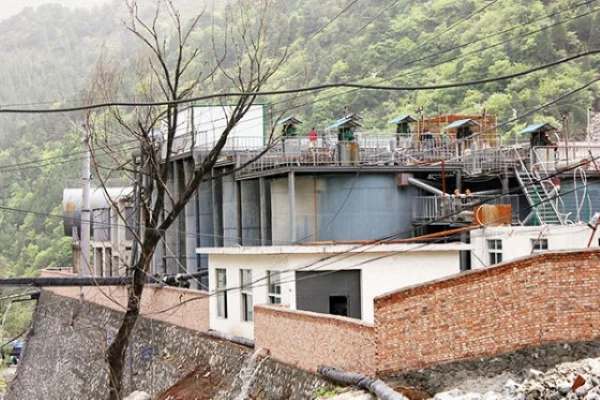
The treatment of high-sulfur and high-arsenic gold ores has long been a challenging issue in the field of mineral processing. Due to their complex mineral composition and high content of impurities, traditional cyanidation methods often struggle to effectively extract gold and silver. This article will provide a detailed introduction to several leaching methods suitable for high-sulfur and high-arsenic gold ores, aiming to help mining practitioners better understand and apply these technologies.
Characteristics of High-Sulfur and High-Arsenic Gold Ores
High-sulfur and high-arsenic gold ores typically contain a large amount of sulfides and arsenides. These impurities not only affect the leaching efficiency of gold and silver but also pose a significant threat to the environment. Therefore, when dealing with such ores, special process flows are required to improve the recovery rate of gold and silver and reduce environmental impacts.
Oxidative Roasting Method
The oxidative roasting method is a commonly used approach for treating high-sulfur and high-arsenic gold ores. This method oxidizes sulfur and arsenic in the ore into gaseous or solid oxides through high-temperature roasting, thereby removing impurities. After roasting, the ore structure becomes loose, which is more conducive to the leaching of gold and silver.
The specific steps of the oxidative roasting method are as follows:
High-temperature roasting is carried out on the high-sulfur and high-arsenic gold concentrate obtained by flotation to remove sulfur and arsenic.
The roasted ore undergoes high-acid pretreatment washing to dissolve most of the impurities.
The washed ore is then subjected to cyanidation leaching, where gold and silver are dissolved by cyanide and enter the solution.
Thiourea Leaching Method
The thiourea leaching method is an emerging low-toxicity gold extraction process, especially suitable for treating gold ores with high arsenic and sulfur content. Thiourea in an acidic solution can dissolve gold and silver quickly, has low toxicity, and is easy to regenerate. Compared with the traditional cyanidation method, the thiourea method is less sensitive to mineral components such as antimony, arsenic, copper, and sulfur. Thus, it has obvious advantages when treating high-sulfur and high-arsenic gold ores.
The specific steps of the thiourea leaching method are as follows:
Gold-bearing sulfide concentrate is obtained through flotation.
The flotation concentrate is leached with a thiourea solution to recover gold and silver.
Gold and silver in the leaching solution are adsorbed by ion exchange resins or activated carbon and then undergo subsequent treatment.
Heap Leaching Method
The Heap leaching method is a leaching method with low production costs and simple operation, suitable for treating low-grade high-sulfur and high-arsenic gold ores. This method involves piling the ore on a pre-prepared site and spraying or percolating with a cyanide leaching solution, allowing the solution to percolate through the ore and produce a leaching effect.
The specific steps of the heap leaching method are as follows:
The ore is crushed to a certain particle size and then piled on the site.
The ore is sprayed or percolated with a cyanide leaching solution, and the solution percolates through the ore to produce a leaching effect.
The leaching solution is collected, and gold and silver are recovered through ion exchange resins, activated carbon adsorption, or zinc replacement.
Stirred Leaching Method
The stirred leaching method is an efficient leaching method suitable for treating fine-grained oxidized ores or sulfide ore calcines. This method uses a relatively concentrated sulfuric acid solution to leach the ore in a leaching tank equipped with a stirring device. Due to sufficient stirring, the leaching speed is fast, and the leaching rate is high.
The specific steps of the stirred leaching method are as follows:
The ore is crushed to fine particles (-75um accounting for 90%) and then added to the leaching tank.
Stirred leaching is carried out with a relatively concentrated sulfuric acid solution. The copper concentration in the leaching solution is relatively high and can be directly used for copper electrowinning.
The leaching solution undergoes subsequent treatment to recover gold and silver.
Conclusion
The treatment of high-sulfur and high-arsenic gold ores requires the adoption of special process flows to improve the recovery rate of gold and silver and reduce environmental impacts. The oxidative roasting method, thiourea leaching method, heap leaching method, and stirred leaching method are all effective treatment methods.
- Random Content
- Hot content
- Hot review content
- Polyethylene Glycol PEG - 2000/4000/6000/8000 alcohol ethoxylate surfactant
- Sodium Amyl Xanthate (SAX) 90%, Mining chemical, mining flotation reagent
- Shock Tube Detonator
- Ammonium Chloride 99.5% Mining Collector
- Calcium Peroxide 60% Assay Yellowish Tablet
- Sodium Peroxide
- Food Grade Ammonium Sulphate
- 1Discounted Sodium Cyanide (CAS: 143-33-9) for Mining - High Quality & Competitive Pricing
- 2China's New Regulations on Sodium Cyanide Exports and Guidance for International Buyers
- 3Sodium Cyanide 98% CAS 143-33-9 gold dressing agent Essential for Mining and Chemical Industries
- 4International Cyanide(Sodium cyanide) Management Code - Gold Mine Acceptance Standards
- 5China factory Sulfuric Acid 98%
- 6Anhydrous Oxalic acid 99.6% Industrial Grade
- 7Oxalic acid for mining 99.6%
- 1Sodium Cyanide 98% CAS 143-33-9 gold dressing agent Essential for Mining and Chemical Industries
- 2High Quality 99% Purity of Cyanuric chloride ISO 9001:2005 REACH Verified Producer
- 3Zinc chloride ZnCl2 for High Molecular Weight Polymers Initiator
- 4High Purity · Stable Performance · Higher Recovery — sodium cyanide for modern gold leaching
- 5High Quality Sodium Ferrocyanide / Sodium Hexacyanoferr
- 6Gold Ore Dressing Agent Safe Gold Extracting Agent Replace Sodium Cyanide
- 7Sodium Cyanide 98%+ CAS 143-33-9

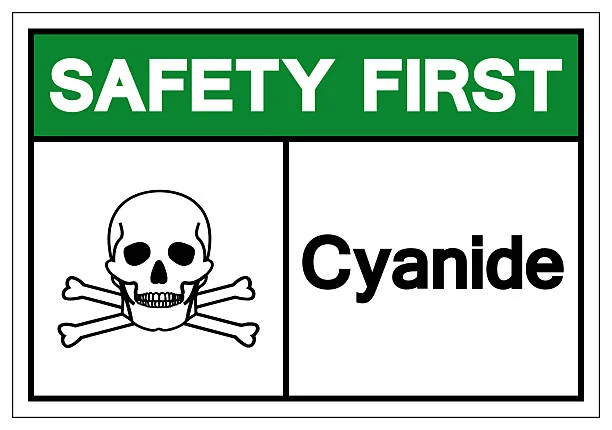
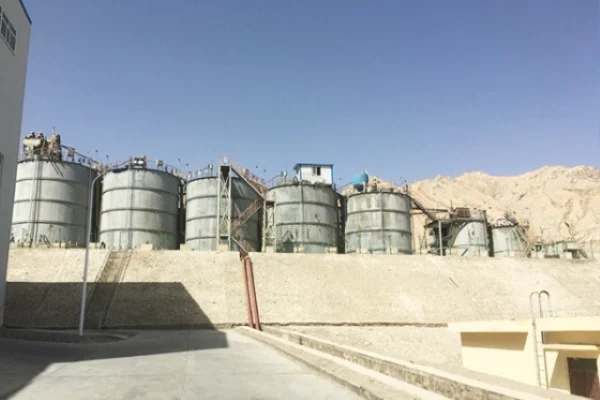
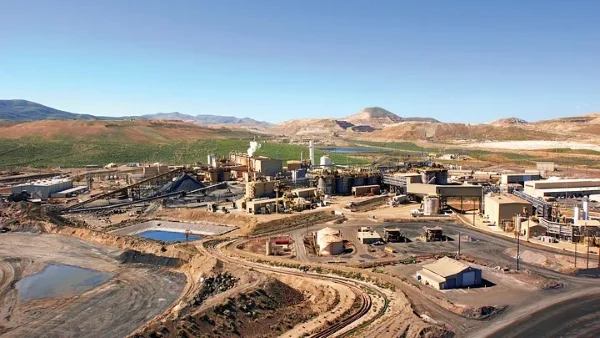

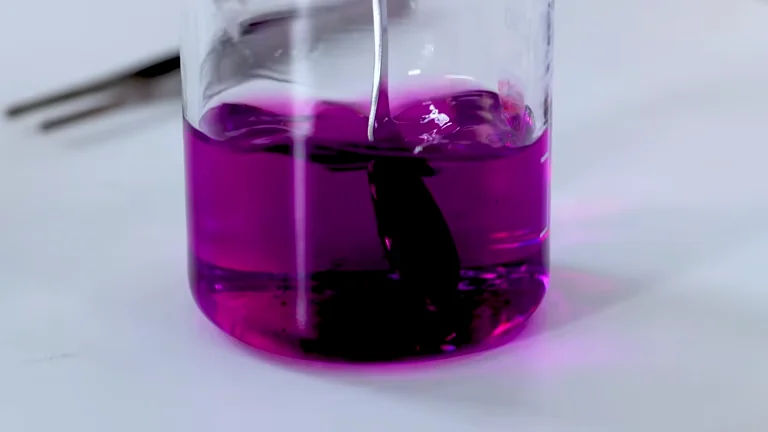





Online message consultation
Add comment: